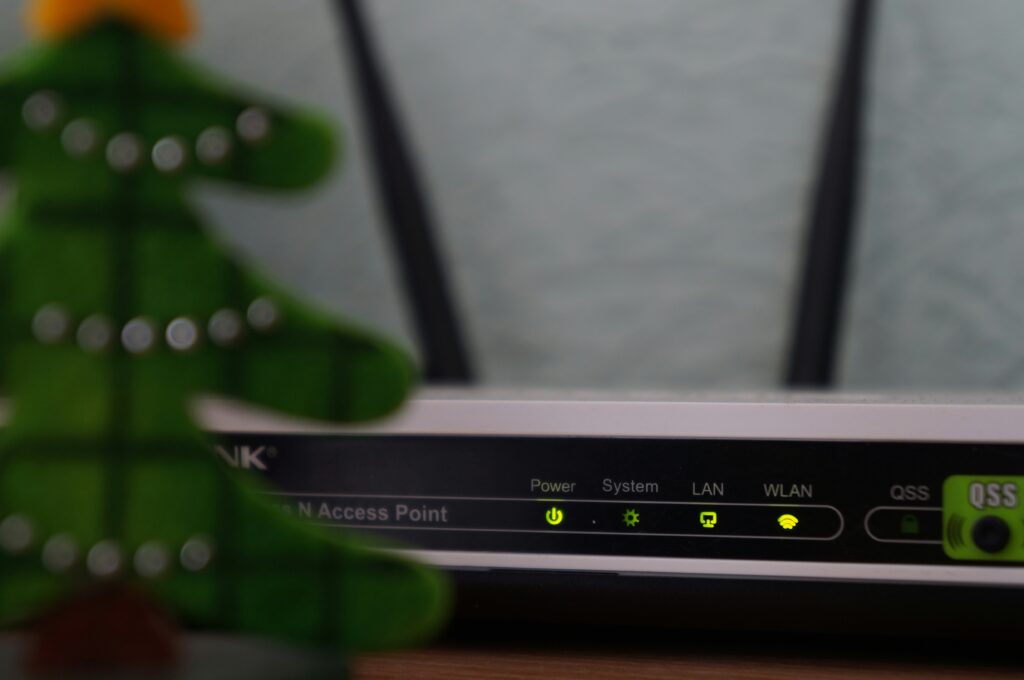Have you ever wondered how secure your internet really is? It’s something many of us take for granted daily, trusting that our online interactions—whether it’s banking, shopping, or simply browsing—are safe from malicious interference. However, behind the scenes, there’s a lot to be concerned about, and recently, the U.S. government has decided to take actionable steps to address these concerns, focusing particularly on ensuring secure internet routing.
The Need for Improved Internet Routing Security
The Office of the National Cyber Director (ONCD) has identified a critical component of internet security that many folks may not even be aware of—the Border Gateway Protocol (BGP). BGP is essentially the postal service of the internet, ferrying data from one node to another. The ONCD sees it as an area ripe for improvement, and they have released a comprehensive roadmap aimed at securing it.
Understanding BGP: The Internet’s Traffic Cop
BGP is a foundational internet protocol that directs data between over 70,000 independent networks. These networks include not just ISPs but also cloud providers, government organizations, universities, and even power utilities. Just like a traffic cop directs vehicles, BGP manages the flow of data. Unfortunately, BGP wasn’t designed with the modern security landscape in mind, leaving it vulnerable to various types of cyber threats.
What’s At Stake?
Why is this such a big deal? Because vulnerabilities in BGP can lead to data breaches, espionage, and even large-scale financial theft. For example, in one recent incident, a flaw in BGP routing was exploited to swindle $100,000 worth of cryptocurrency. When internet traffic is diverted, it can lead to massive disruptions in critical infrastructures, such as hospitals, power grids, and even governmental operations.
The Role of Resource Public Key Infrastructure (RPKI)
The ONCD recommends the widespread adoption of Resource Public Key Infrastructure (RPKI) to mitigate these risks. So, what is RPKI, and how does it improve internet security?
What is RPKI?
RPKI is an IETF standard framework designed to add a layer of security to BGP routing. Think of it as a security guard that verifies the identity of employees before they are allowed to enter a secure building. Similarly, RPKI ensures that each BGP route update is valid and trustworthy.
Benefits of RPKI
By implementing RPKI, internet service providers and enterprises that manage their own routing can prevent route hijacking, route leaks, and IP resource hijacks. This means data takes the path it’s supposed to take, without interference from malicious actors. Network operators gain better visibility and control over data in transit.
Who Should Implement RPKI?
According to the ONCD, securing BGP through RPKI is essential for everyone from ISPs to enterprises operating networks, as well as those who hold their own IP address resources. Special emphasis is given to critical infrastructure operators and state and local governments. Simply put, if your organization depends on the internet for high-value operations, RPKI is crucial.

Public-Private Collaboration: A Strategic Approach
In addition to issuing a roadmap, the ONCD is taking further steps by setting up stakeholder working groups that involve both public and private entities. Collaboration is key in this effort, and the ONCD is spearheading these initiatives to ensure a unified and effective approach.
The Working Groups
There are two main working groups being formed:
- The Public-Private Stakeholder Group: This group aims to bring together various stakeholders to develop a common framework for assessing and prioritizing the risks associated with internet routing.
- The Internet Routing Security Working Group: Co-chaired by the ONCD, this group will work on methodologies that guide network operators in fortifying their BGP routing.
The Role of Government Agencies
“Internet security is too important to ignore, which is why the Federal government is leading by example by pushing for a rapid increase in adoption of BGP security measures by our agencies,” remarked Harry Coker, Jr., the White House National Cyber Director, while announcing the report.
Why Now? The Change in Internet Security Perspective
For years, internet routing has relied more on trust than technical safeguards, almost akin to sending valuable cargo on a ship with nothing more than a handshake agreement. But we’re not in a world where that’s viable anymore. Eidan Siniver, CTO of Team8, compares this old practice to sending valuable cargo with only a handshake and a smile as security—unrealistic and irresponsible.
Modern Security Demands
Businesses today often transmit highly sensitive data between global locations. Compromised routes not only risk this data but potentially expose the businesses to severe financial and reputational damage. By adopting RPKI and similar frameworks, businesses can establish reliable standards that enhance visibility and control over their data during transit.
Real-World Impacts
To put it plainly, adopting BGP security measures is not just about complying with guidelines but about securing the backbone of modern-day internet communications and operations. This is especially crucial for sectors like finance, healthcare, and emergency services, where data integrity and availability can literally be a matter of life and death.

Digging Deeper into RPKI Implementation
Let’s get a bit more granular on how you can actually implement RPKI within your organization. What steps do you need to take, and what should your expectations be?
Setting Up RPKI
- Initial Assessment: First, evaluate your current internet routing setup. Understand where BGP is utilized and identify the primary points where security can be enhanced.
- Choosing RPKI Providers: There are several RPKI service providers available. Your choice will depend on your specific needs, ranging from cost to technical support.
- Implementation: Once you’ve chosen a provider, the next step is to integrate RPKI with your existing BGP configuration. This may involve software updates and network configuration changes.
- Testing and Validation: Before going live, it’s crucial to test the new setup in a controlled environment to ensure it’s functioning as expected. This will help you catch any issues early and iron out any kinks.
- Monitoring and Maintenance: Even after implementation, continuous monitoring is vital. Regularly review the status of your RPKI setup and make adjustments as needed.
Overcoming Challenges
Implementing any new protocol involves overcoming certain hurdles. One of the challenges you might face is resistance from within the organization, mainly due to lack of awareness or understanding of the protocol’s benefits. It’s imperative to communicate that while initial setup may be resource-intensive, the long-term benefits far outweigh the initial effort.
Costs Involved
Implementing RPKI does come with a cost, both in terms of time and financial resources. However, when you consider the potential risks of not securing your internet routing, it’s a necessary investment that pays off in protecting your organization from significant threats.
Success Stories
More and more organizations are coming forward with success stories of how RPKI has helped them improve security. For example, some cloud service providers have adopted RPKI and reported a significant drop in unauthorized route announcements and data hijacks. These stories can serve as case studies to further prove RPKI’s effectiveness and encourage more widespread adoption.
The Bigger Picture: Enhancing Overall Cybersecurity
While securing BGP is a significant step, it’s just one part of a larger cybersecurity strategy. The initiatives laid out by the ONCD are part of a broader effort to fortify national cyber defenses.
The ONCD’s Broader Initiatives
In addition to focusing on BGP and RPKI, the ONCD is involved in various other initiatives aimed at enhancing cybersecurity. For example, they have launched a $15 million cybersecurity scholarship program in partnership with the EC-Council to nurture the next generation of cybersecurity experts.

Wrapping Up
The call to improve internet routing security through RPKI isn’t just another government mandate—it is a crucial step in safeguarding our increasingly digital world. By understanding the vulnerabilities of BGP and taking steps to mitigate them, we can create a more resilient and secure internet for all users. Whether you’re an IT professional, a government official, or someone who depends on the internet for critical services, this is an initiative that warrants your attention and action.
So, are you ready to contribute to a safer internet? Implementing RPKI might just be the key to securing your digital future.
Source: https://www.infosecurity-magazine.com/news/us-internet-routing-security/

